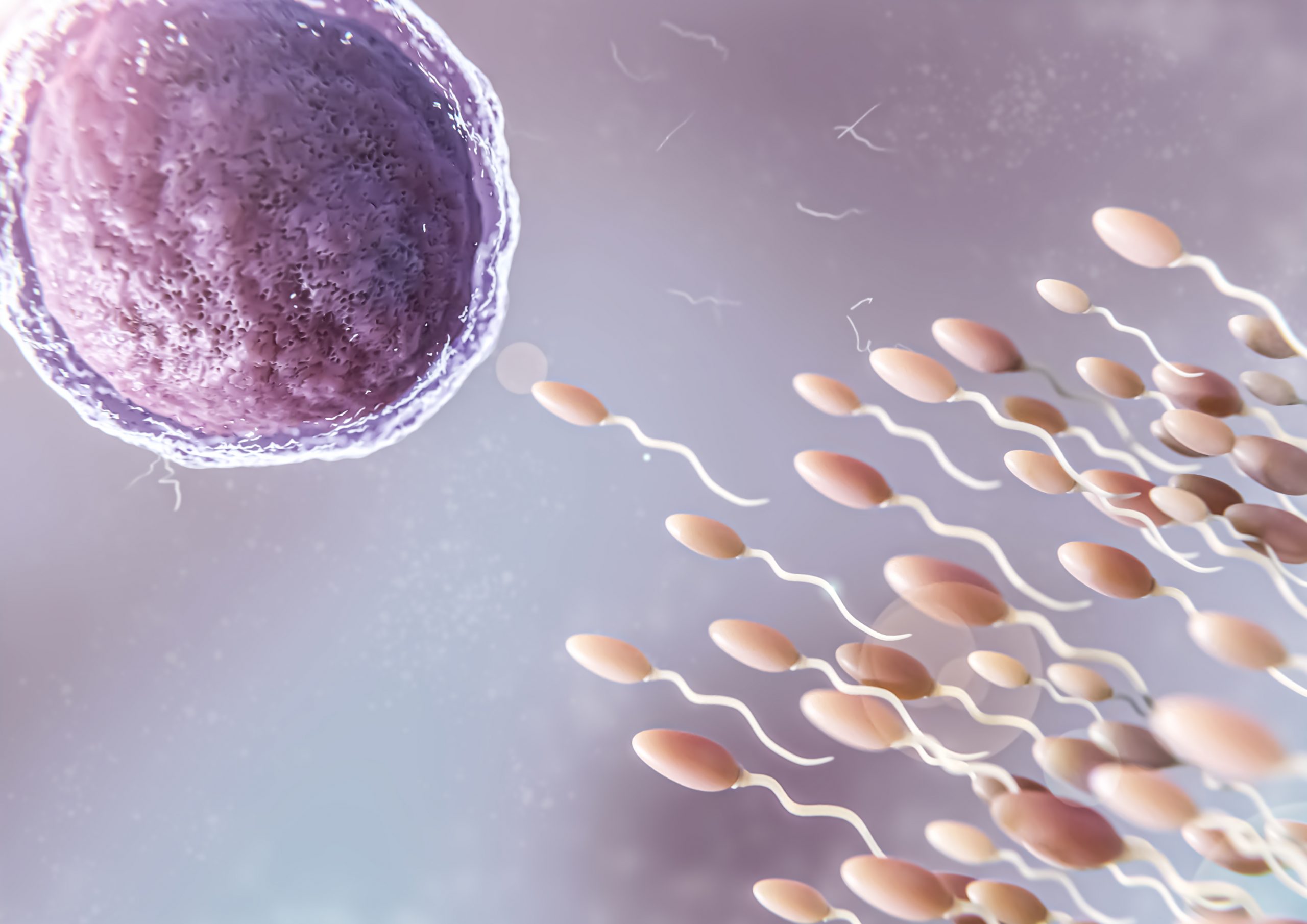Trying to conceive is a journey that often feels like a guessing game. We’ve all been there, staring at a calendar, hoping for a miracle. But I’m here to tell you: you don’t have to guess anymore!
This post is your practical guide to the quiet science of good timing. We’re diving deep into how ovulation tests work and how they can seriously enhance your journey by giving you accurate insights on LH surges and the fertile window. Let’s replace that guesswork with confidence, together.
The Quiet Science of Good Timing
Trying to conceive asks for two things: information and calm. Ovulation test strips (OPKs)—those unassuming, practical little tools—detect a rise in luteinizing hormone (LH), which is the undeniable signal that ovulation is near. With a clear rhythm, you replace that monthly guesswork with hard, solid confidence.
Quick Answers: The Essentials
| Question | Answer |
| When to start testing | A few days before mid-cycle (Day 10–11 in a 28-day cycle). |
| What counts as a positive | Test line as dark or darker than the control, or a smiley on a digital test. |
| How long after LH surge you ovulate | Typically 24–36 hours. |
| Best timing for intercourse | The day of the positive and the day after; add the day before if possible. |
How Ovulation Tests Work: The Biology Cheat Sheet
The secret is LH. This hormone rises sharply to trigger ovulation. OPKs simply measure this LH surge in your urine. A positive result is your body telling you: “Go! The window is opening!”
Remember this key fact: the egg lives only about 12–24 hours after release, but those amazing sperm can live up to five days. That’s why OPKs are your green light—they tell you exactly when to focus your efforts for that precious window.
When to Begin Testing (Find Your Starting Line)
Your cycle length determines when you need to start testing. Here’s a quick cheat sheet:
| Cycle Length (Days) | Start Testing (Cycle Day) |
| 24–26 days | Start on Cycle Day 8–9 |
| 27–29 days | Start on Cycle Day 10–11 |
| 30–32 days | Start on Cycle Day 12–13 |
Irregular Cycles? If your cycle is irregular or unknown, start a little earlier than your mid-cycle estimate (maybe Day 8) and log your results meticulously. You will quickly learn your unique pattern!
Pro Tip: If you’ve missed your surge before, try testing twice daily (late morning and early evening) during your most fertile days. That surge can be brief!
Step-by-Step: Using Ovulation Strips Like a Pro
Consistency is the secret sauce for accurate results:
Time it Right: Choose a consistent time. Late morning to early evening is best, as the LH surge often peaks later in the day (not first thing in the morning!).
Don’t Dilute: Limit fluid intake for 2–3 hours beforehand. Diluted urine can hide your surge.
Test & Read: Dip the strip, lay it flat, and wait the full time (usually 3–5 minutes).
Interpret: The test line must be as dark as or darker than the control line for a true positive.
Log Everything: Record the result, time, and any twinges or cervical mucus changes in your notes.
Reading Results: Lines vs. Digital
-
- Line Strips: Affordable for bulk testing, but they require line interpretation. Remember: ignore the faint lines until the test line matches the control.
-
- Digital Tests: A clear icon (like a “smiley face”) removes all interpretation. They’re pricier, but perfect if you need decisiveness and clarity.
Your Fertile Window, Practically Speaking
The goal is simple: ensure there are healthy sperm present when the egg is released.
The Two-Day Plan: When you get a positive OPK, plan intercourse that day and the next. If you can add the day before the positive, even better!
Alternatively, an every-other-day cadence across your known fertile window is a calmer approach that still works wonderfully and reduces performance stress.
Small Problems, Simple Fixes
| Problem | Simple Fix |
| Missed surge | Test twice daily (late morning and evening). |
| Only faint lines | Normal—your baseline LH is low. Just keep testing! |
| Irregular cycles or PCOS | Expect fluctuations; layer OPKs with BBT and CM tracking for clarity. |
Confirming Ovulation (The Next Level)
OPKs predict, but for the ultimate confidence, layer your methods:
-
- Basal Body Temperature (BBT): A sustained rise in your morning temperature after the surge confirms that ovulation actually happened. This is your proof!
-
- Cervical Mucus (CM): Clear, stretchy, egg-white texture (EWCM) usually happens right before the OPK positive. When CM and a positive OPK align, you are likely at your peak.
Editors’ Picks: Ovulation Tests That Work
We all have our favorites, and they usually come down to preference and budget:
-
- Clearblue Digital: Decisive, minimal interpretation. (Higher price point).
-
- Easy@Home: Excellent value, large packs, great for consistent testers. (Requires line interpretation, but easy with their app).
Frequently Asked Questions (FAQs)
When is the best time of day to take an ovulation test? Late morning to evening. Many surges peak later in the day.
Can OPKs confirm ovulation happened? No. OPKs predict. You need a BBT rise to confirm.
What if I never see a true positive? First, test twice daily near mid-cycle. If it persists across several cycles, chat with a clinician to ensure everything is on track.
Wrapping Up: Take Control
Remember, this journey is yours, and knowledge is your strongest asset. You don’t have to feel lost staring at a calendar. By mastering the simple science behind your LH surges, you are taking back control of your cycle.
Do you have a question about integrating BBT or CM into your OPK plan? Share in the comments—we are a community here to support each other!
Medical Disclaimer
This article shares practical guidance for educational purposes only and is not medical advice. Everyone’s body is different. For questions about your cycle, timing, or fertility, consult your healthcare provider.

